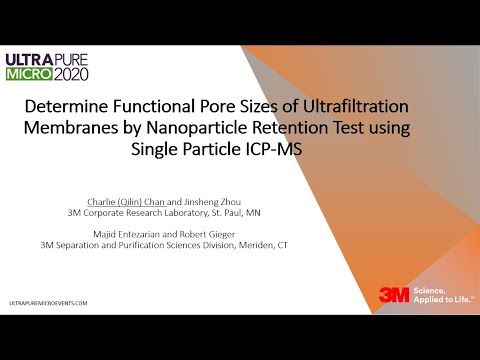Can Incorporating Novel Anti-Biofilm Molecules Into NF RO Membranes Aid Biofouling Control
Date Published: 2017 | Technical journal archive
Log in or Join UltraFacility to access this content
To access our resources you will need to be a member of UltraFacility, log in to your account or purchase a membership to view this content.
Already have an account? Log in
Increased water production costs and lower final water quality are consequences of membrane biofouling in nanofiltration and Reverse Osmosis (RO) applications which is largely controlled by disinfection of the feedwaters, however this approach has been unsuccessful in stopping the formation of biofilm on membrane surfaces. This article highlights alternative methods for biofouling control including the incorporation of 2-aminoimidazoles into the membrane matrix and outlines the specific objectives of this research.
Companies:University of North Carolina at Chapel Hill, Agile Sciences Inc
Authors: Ariel J. Atkinson, Zhenfa Zhang, Orlando Coronell, Avram Gold, Angela Pollard, David Jung
Tags: BiofoulingNanofiltrationWater Technology DevelopmentMembranesBacteria
